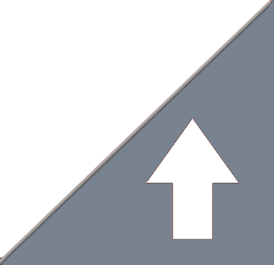Blog
14 Mar 2017
Tennis Anyone?
By Laurie Edge-Hughes, BScPT, MAnimSt, CAFCI, CCRT
Want to know about elbow pain? Specifically pain on the outside of your elbow? Pain in that location is typically referred to as tennis elbow. If you were to look up online to see ‘what to do about tennis elbow’ you’d get a multitude of different answers. That’s because there are a few different kinds of tennis elbow. Read on and see what might work for you.
What is tennis elbow?
As mentioned above, tennis elbow is a pain on the outside of your elbow. (Pain on the inside is referred to as golfer’s elbow… a lot of what we’ll discuss here could apply to it as well.) For some, the pain may have started suddenly, perhaps a you played a game of tennis, dug all the weeds from your garden over a weekend, banged your elbow on the door jamb while walking past it, groomed a dozen dogs in a day, or arm wrestled at the bar! Whatever the cause, you know that your pain started after that! For others, it may have started slowly, maybe over years. You’re unsure of an exact incident, or maybe you can recall and incident some time ago, but mostly you just know that your elbow aches.
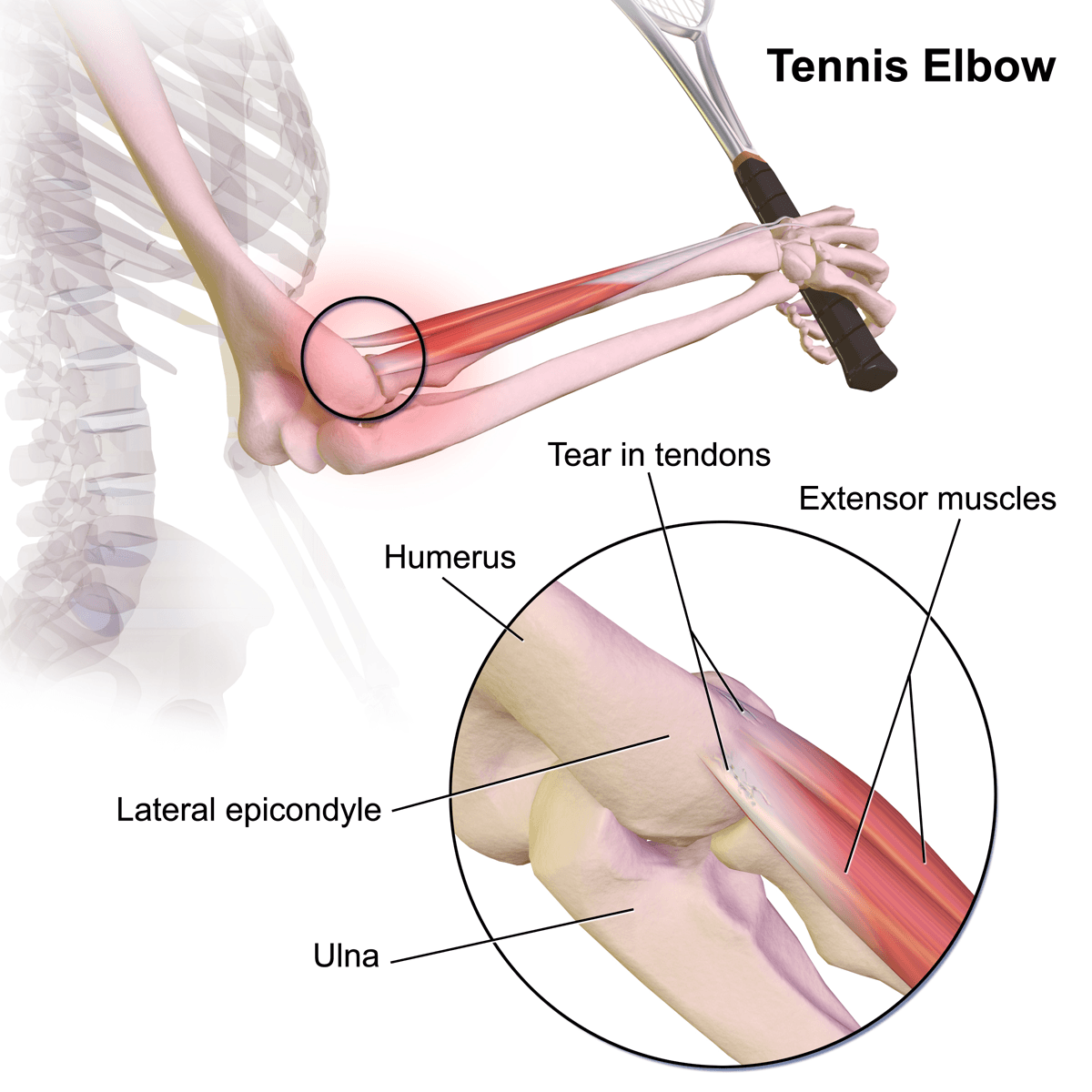
These two different types of tennis elbow (acute or chronic) come with different treatment strategies. But for each kind of issue, the problem is with the tendon. A tendon is what attaches muscle to bone. It’s thick and strong. But most importantly, tendons react the same way when injured, and to know what to do, you need to know what stage your tendon injury is at!
Acute Tennis Elbow
Firstly, in the case of an acute injury or a sudden increase in load (i.e. you overdid it at a familiar task, or did a whole pile of something new, or something stupid, or you banged your elbow), the tendon responds by trying to adapt to the new ‘load’ placed on it. The tendon will thicken and stiffen. This is happening because the tendon is trying to adapt to the new load. This is called a ‘reactive tendinopathy’ (i.e. the tendon is reacting). The body is smart, the soreness and stiffness should signal you to rest the area, and typically, with some degree of rest, your elbow is dandy again in short order!
Treatments for Reactive Tendinopathy / Acute Tennis Elbow:
- Reduce the activity that caused the pain
- Modify what you are doing
- Icing might help with pain
- An elbow brace could aid in reducing the stress
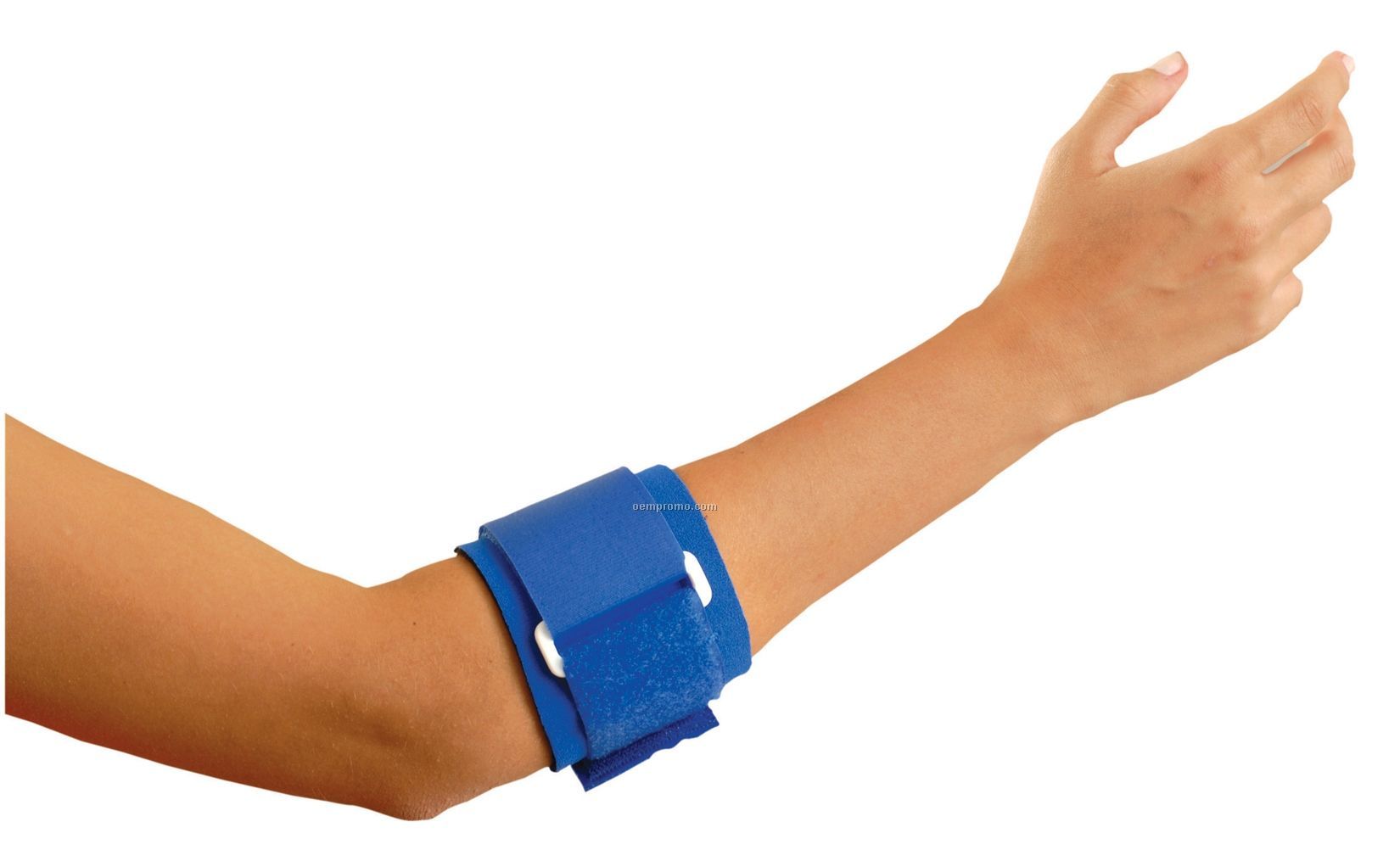
Important to note, is that this issue is not inflammatory. So, leave the anti-inflammatory medications in the cupboard. They can actually hinder healing in this scenario!
Chronic Tennis Elbow
At this stage, the original injury is long gone, but what remained was an unhealed tendon. Without resting the arm when the problem was a ‘reactive tendinopathy’, the body didn’t heal and repair the area, so some degeneration of the tendon occurred. This is what can be referred to as degenerative tendinopathy or tendinosis. In this scenario, rest or elbow braces simply won’t help! Rest doesn’t help with degeneration.
Treatments for Chronic Tennis Elbow:
- Frictions (aggressive rubbing)
- Exercises to strengthen
- Perhaps ‘dry needling, or ‘active release’ techniques
- More movement within pain tolerance
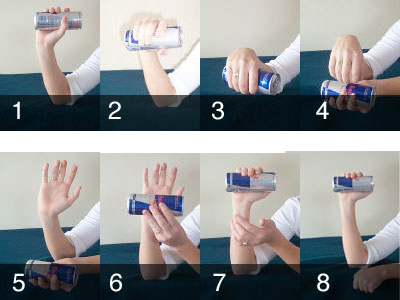
Double Whammy Tennis Elbow
There are times when a chronic tennis elbow has a sudden flare up (i.e. you had a chronic achey elbow and then you did too much, and now it’s sore)! In this case, you have a Degenerative Tendinopathy with a Reactive Tendinopathy. You’ll think I’m crazy, but in this case, it might be a good thing. The new ‘flare up’ might help spark the degeneration to begin healing.
Treatment for double-whammy tennis elbow (not a technical term)
- Reduce activity until the pain resolves (i.e. as in the acute tennis elbow).
- When pain is reduced (and perhaps ache is all that is left), then begin strengthening (as in the chronic tennis elbow).
- And don’t go back to the activity that cause your pain too quickly
Other therapies that might help
Neck Mobilizations/Manipulations
There is a thought that in some cases, a pinched nerve or abnormal use of an arm may be at the root of tennis elbow. In this scenario, if you body isn’t fully communicating with the muscles on the outside of the elbow they may be weak, allowing for an injury to occur. Another theory is that because there is a correlation between tennis elbow and neck pain, it could be that the elbow pain, caused the nerve to become overly reactive, and where they feed information into the spinal cord can become reactive as well. In each instance mobilizing or manipulating the neck might be an adjunctive treatment to help the nerves that supply sensation to the outside of the elbow.
Laser, Ultrasound, & Shockwave
By themselves, these tools have been show not work, however, when combined with the primary treatments for each category of injury, they can be good adjunctive to help with pain relief and to improve circulation to the area.
Acupuncture or Dry Needling
Again, useful in combination with either rest (acute injury) or exercise (chronic).
Stretching
Add this in in the chronic phase
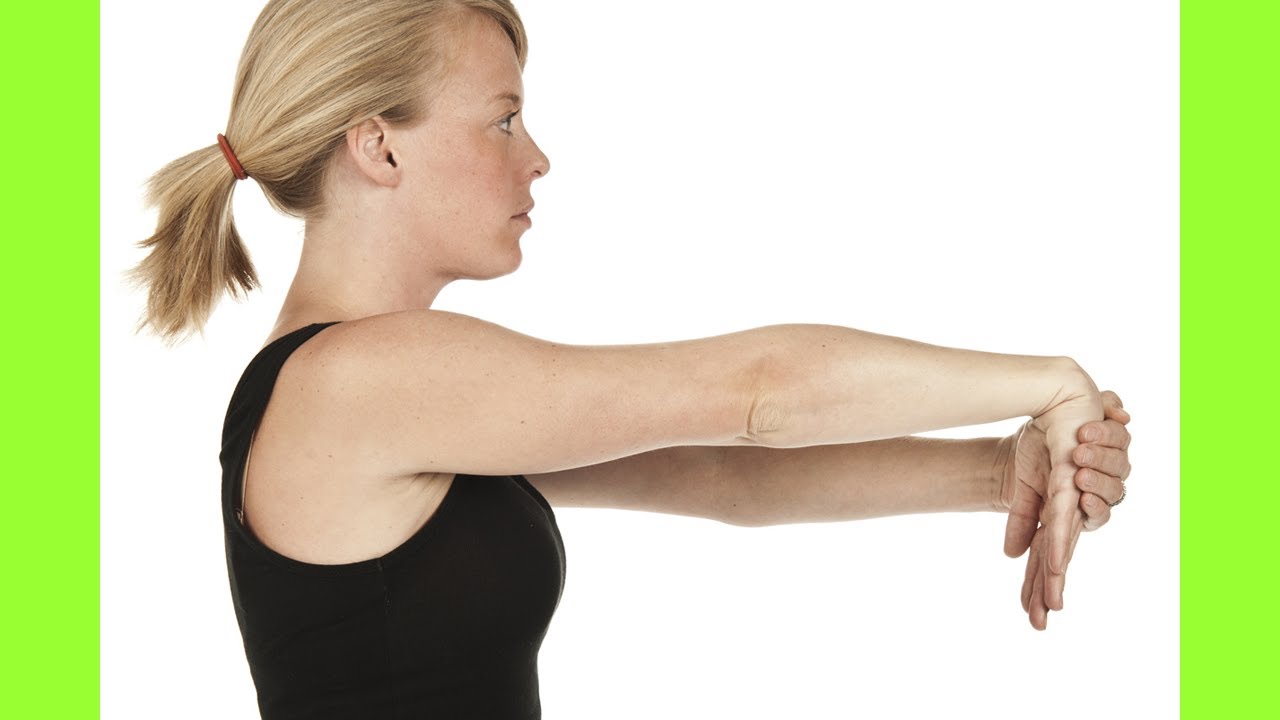
Exercises
This is the staple for dealing with a chronic injury
Cortisone Injection
The problem is not inflammation. So, doing an injection is just ‘putting a gag order’ on the tendon to ‘shut it up’… but it doesn’t heal what’s going on!
Most important!
Most important is to get yourself to someone that can help you decide how to treat your tennis elbow. If you know that you did something recently, then rest the area for a bit. It should go away. If your problem is nagging or won’t go away, then get yourself to a physical therapist who understands the science behind tennis elbow and who will give you the scoop on exercises, and stretches, and who will check your neck and perhaps add other therapies to help with the pain.
Got an achy elbow? Give us a call at Two Hands Physiotherapy – 403-860-0058
